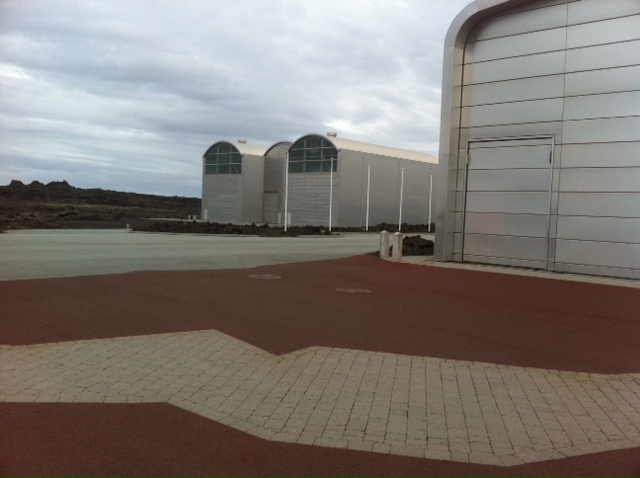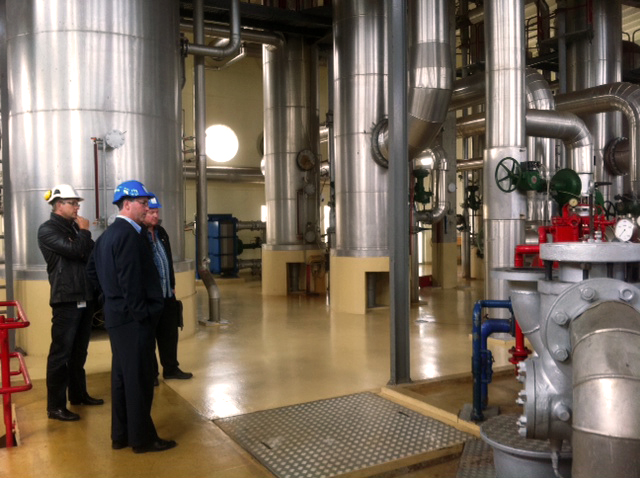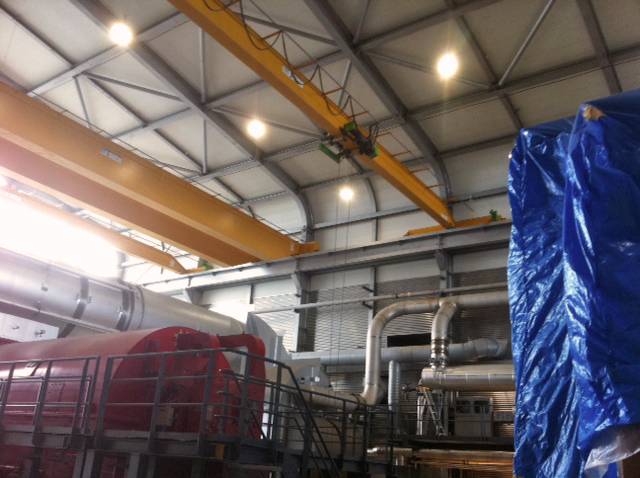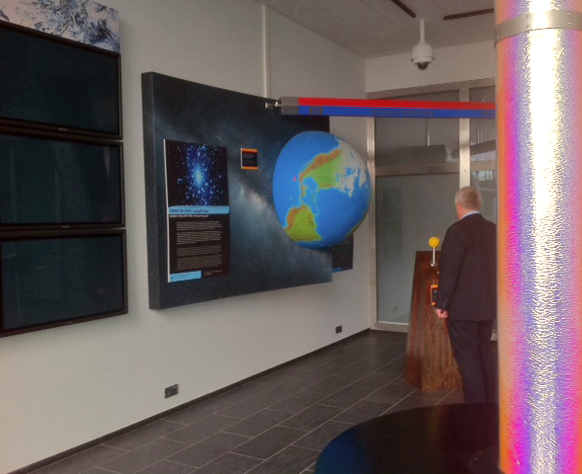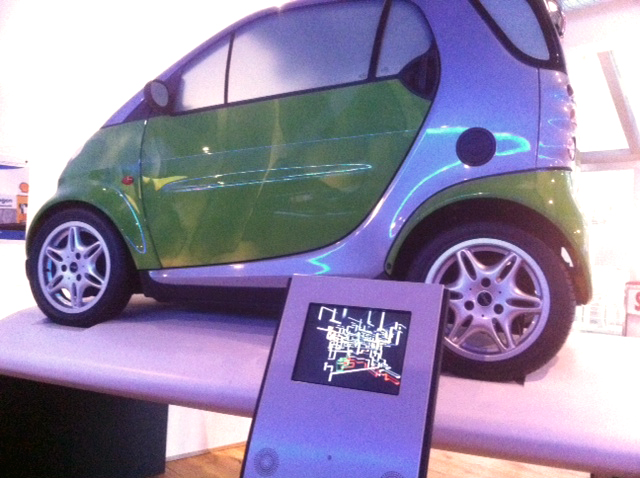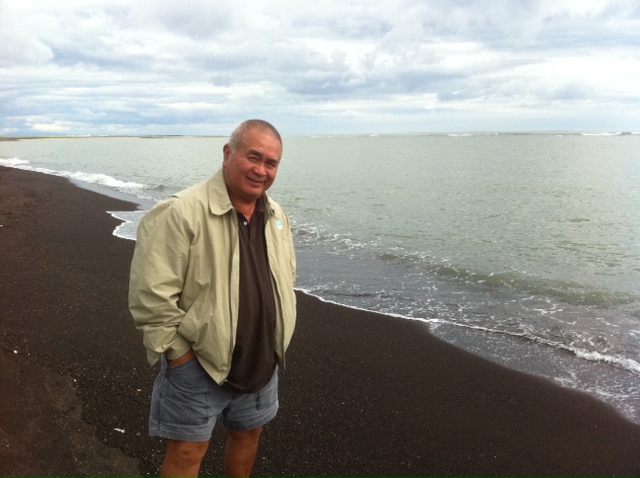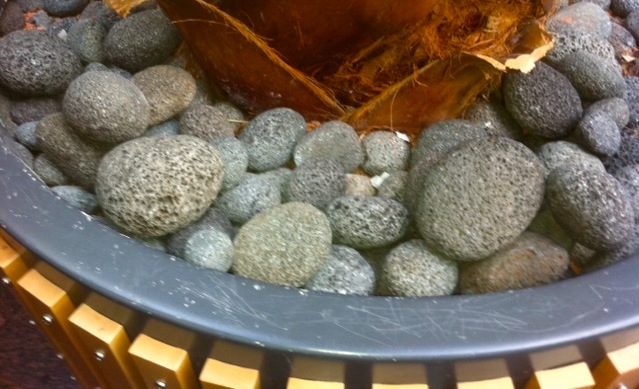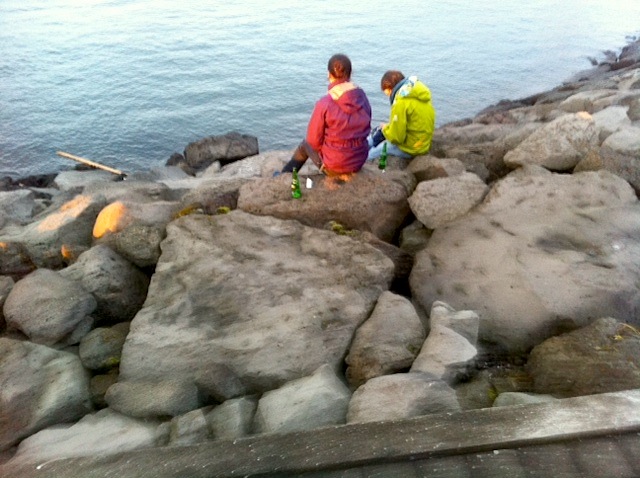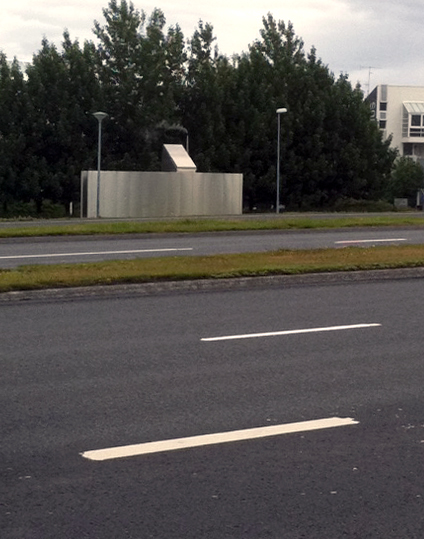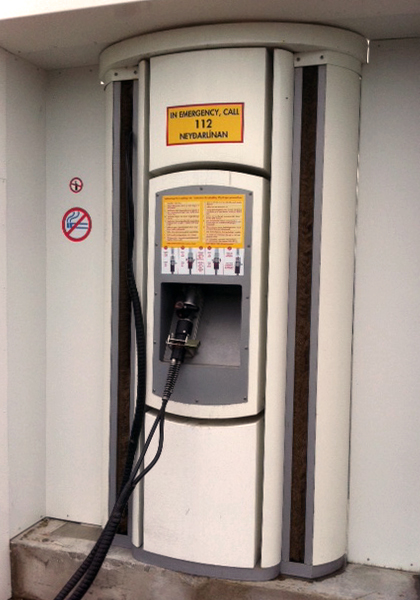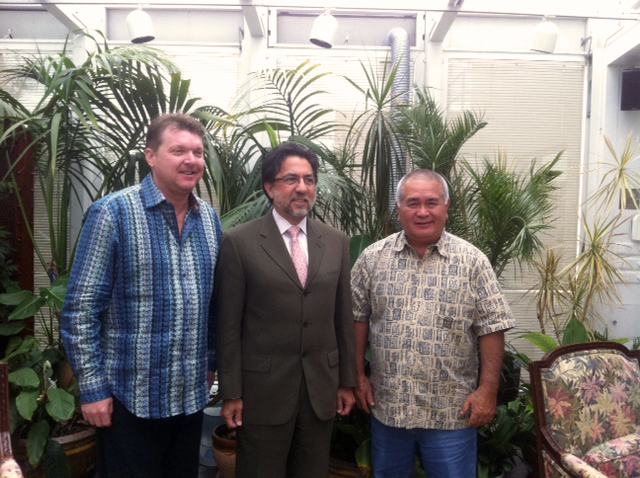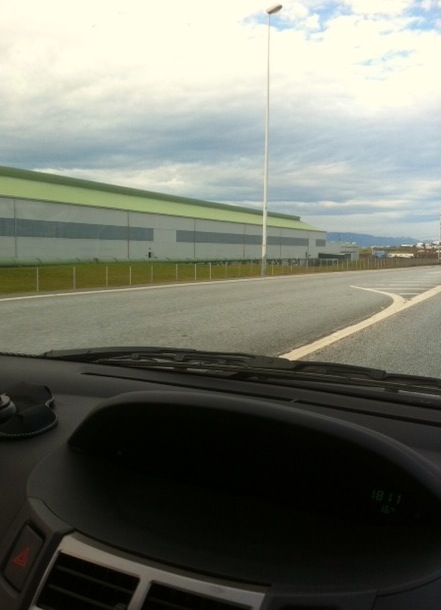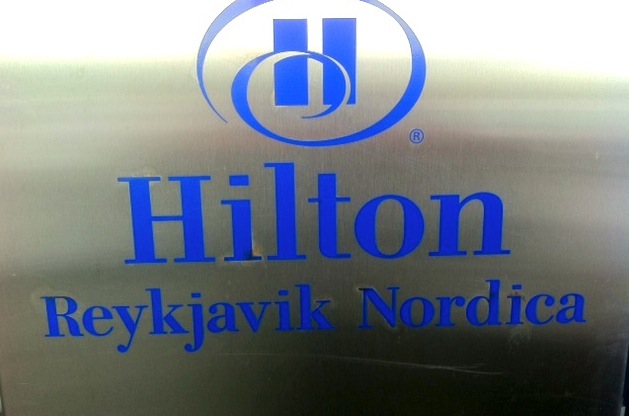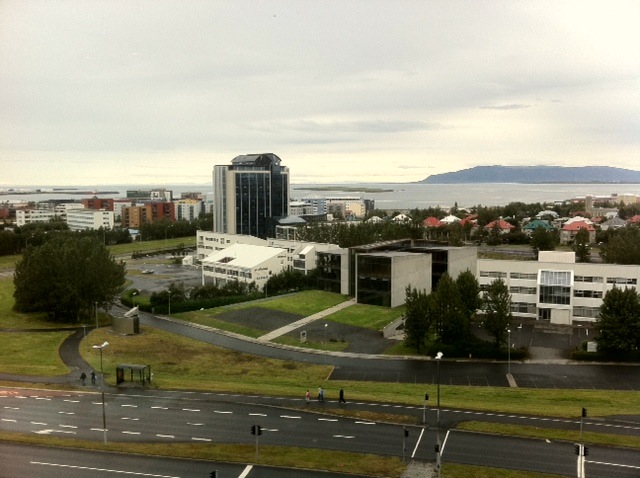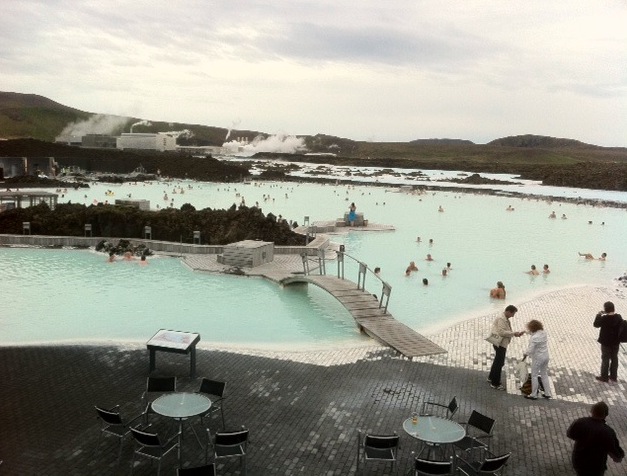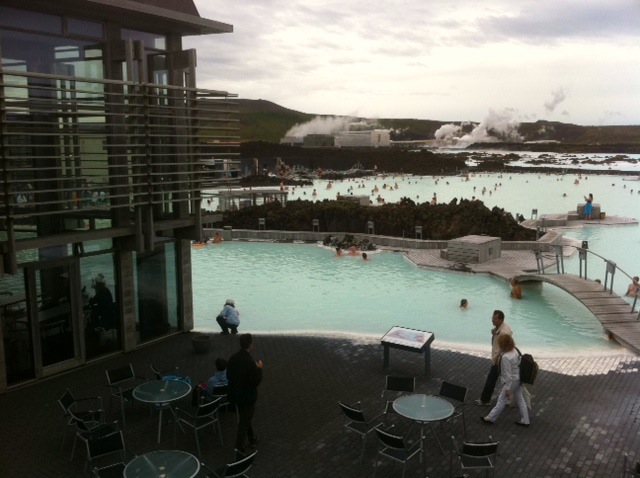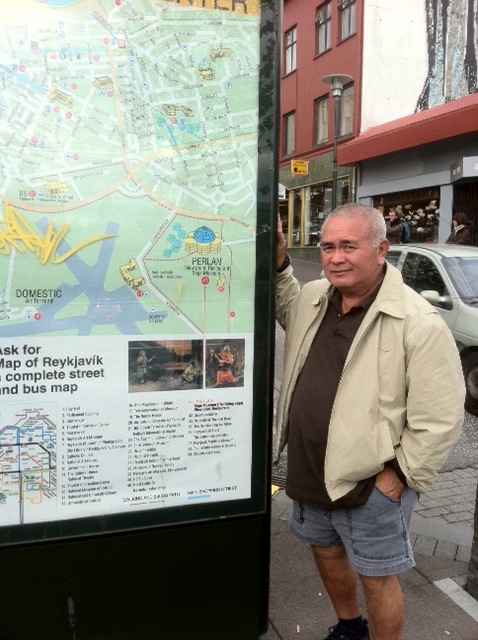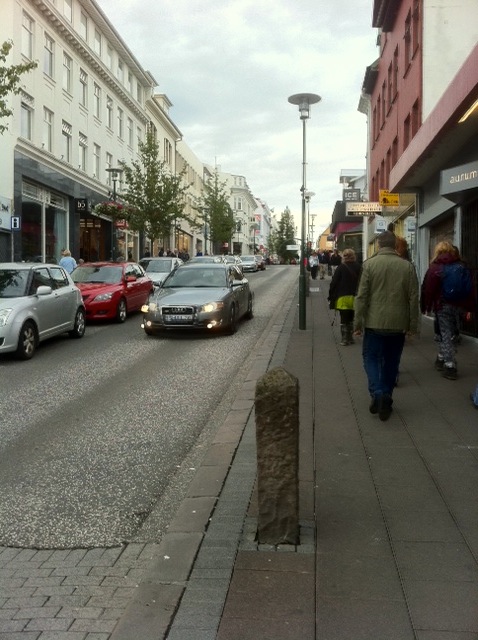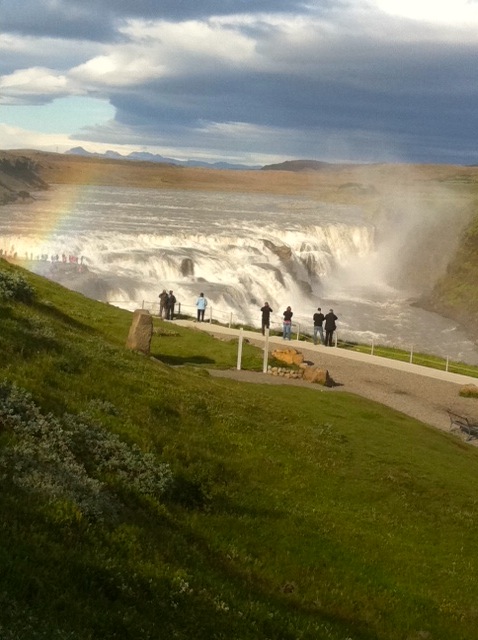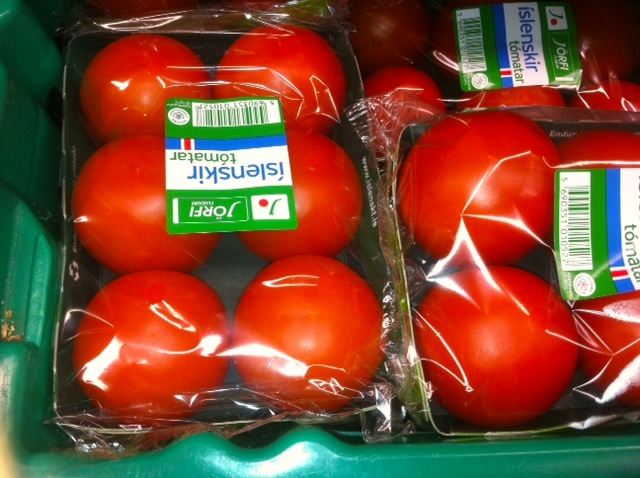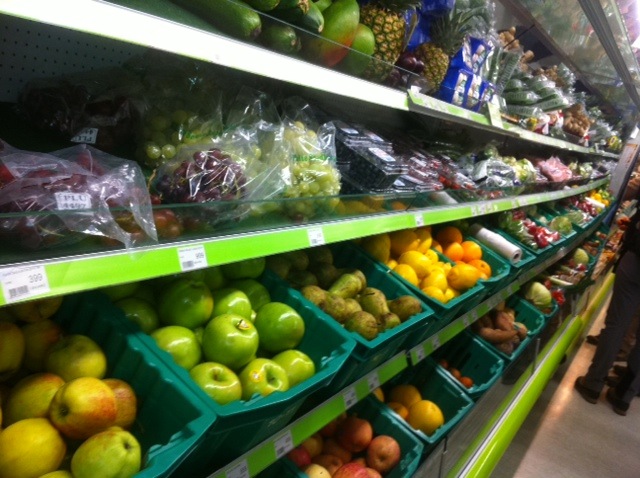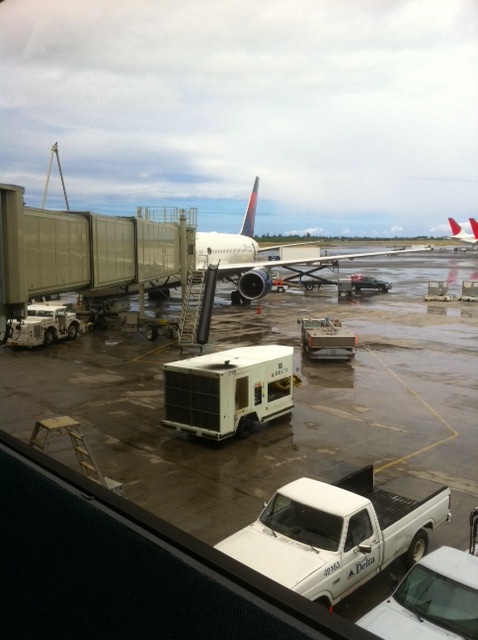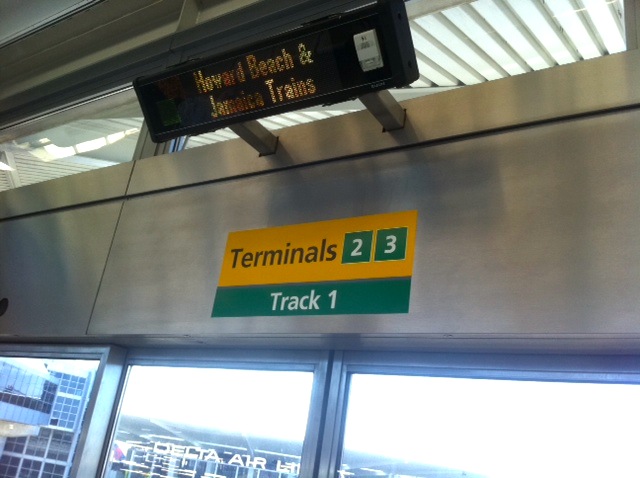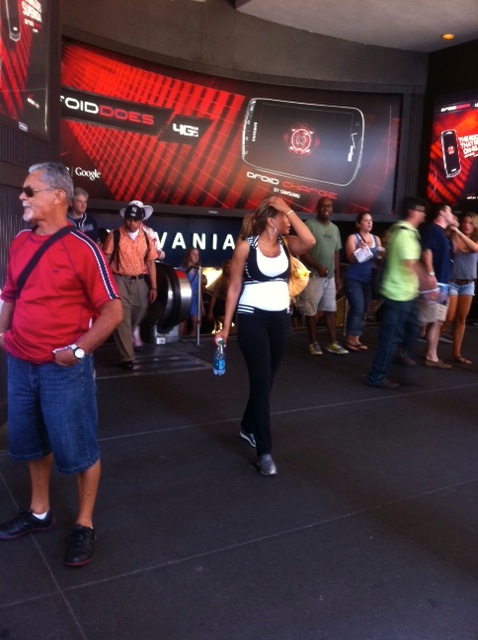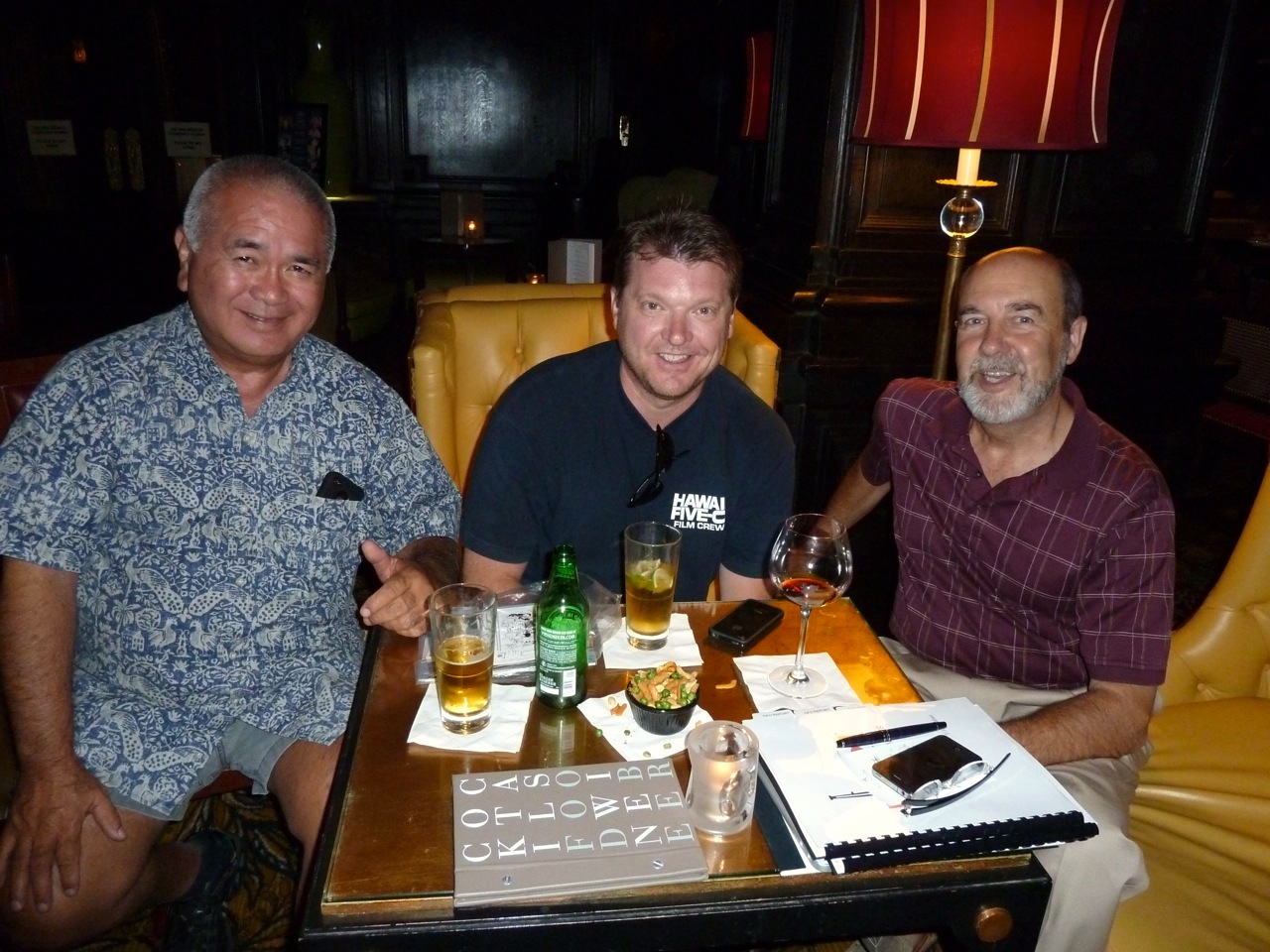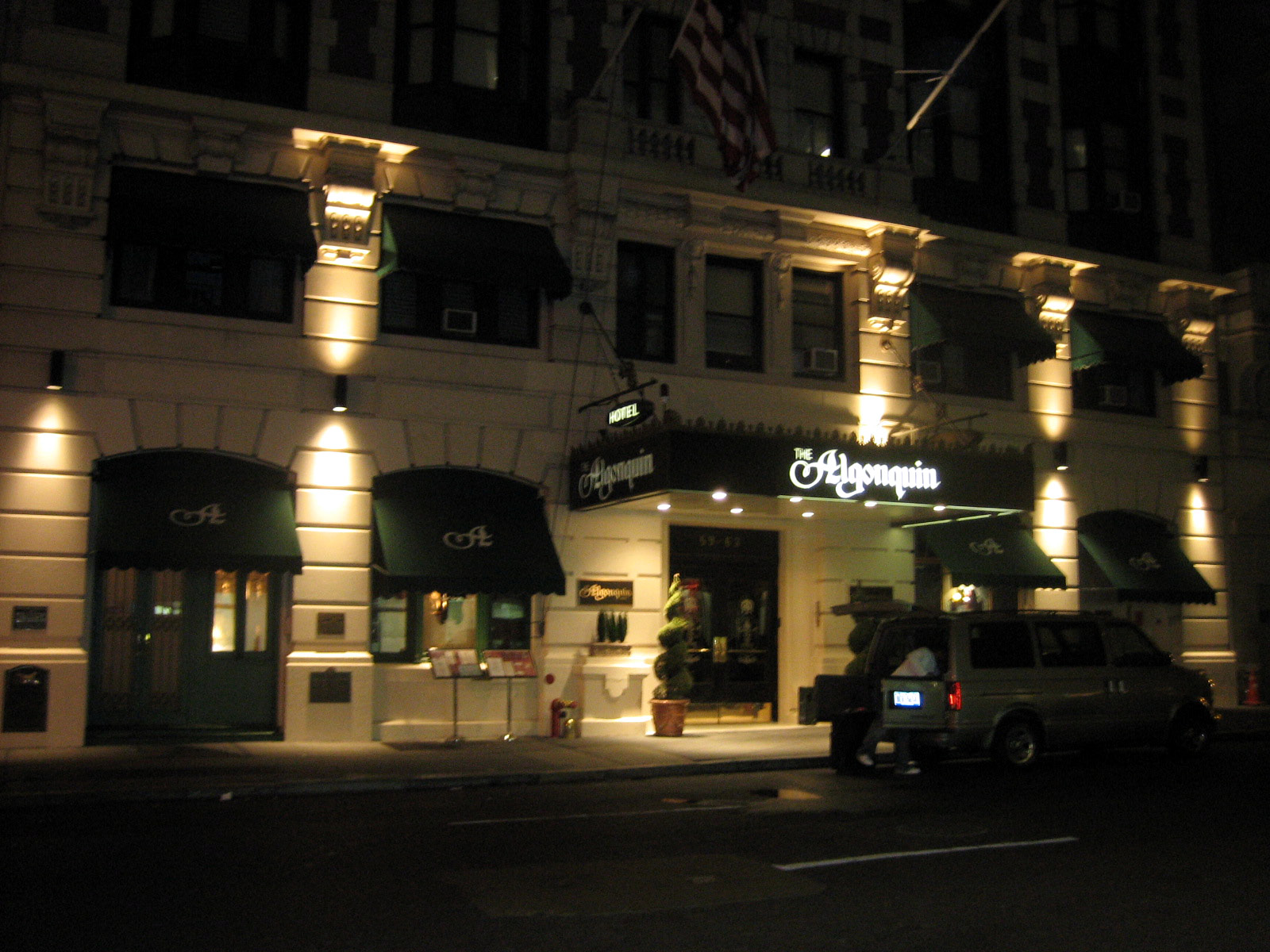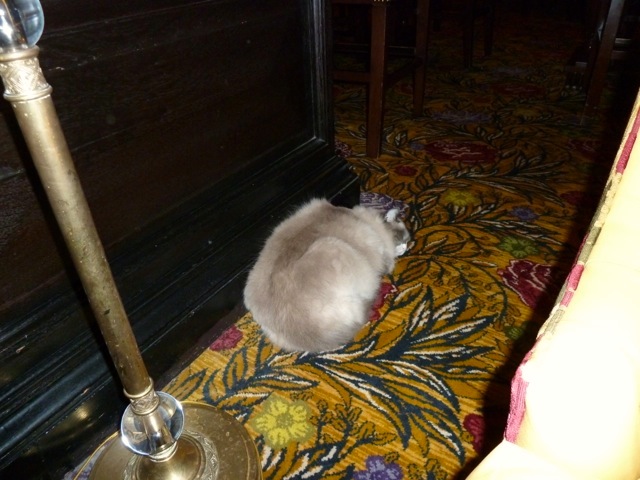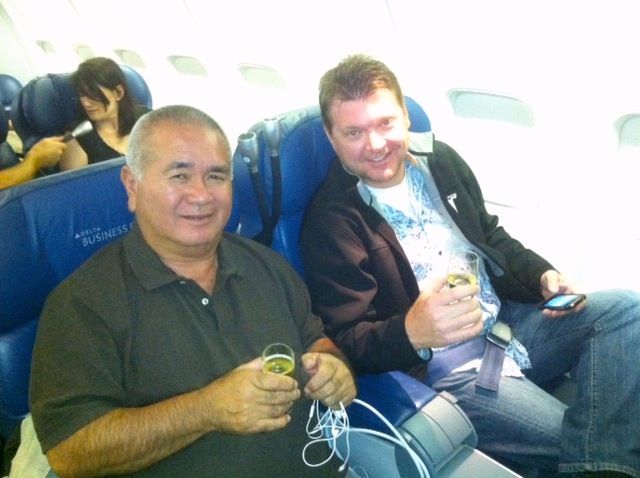We toured the Reykjanes district of Iceland on Thursday, where the Blue Lagoon is located, and saw how they are using geothermal energy for multiple purposes.
We saw that some of it goes to a nearby town to heat homes. What they do is heat up fresh water and transmit it through a pipe that is covered with fiberglass insulation, and which runs inside a larger pipe. Now I understand how they can move hot water 15 miles and only lose 2 degrees C. That is also why there is no smell of sulfur coming through the hot water pipes.
Other uses:
- Some of the heat is used to make electricity.
- Some is used in a fish farm.
- And some is used for high-end pharmaceutical plants, which grow in an enclosed greenhouse that is temperature-controlled using warm water, and LED-lit in the proper growth spectrum to maximize production.
One of the most important uses is Carbon Recycling International’s project: Capturing CO2 from the power plant and, with hydrogen from hydrolysis, making methanol as a synthetic liquid fuel for automobile transportation. This seems to be a more direct process than growing plants, microwaving it with petroleum electricity, etc.
It’s easy to imagine Iceland exporting tomatoes to Europe. It’s all about energy!
Would we do all that in Hawai‘i? Maybe not, because we have free sun energy.
But we do know that it is about analyzing energy in and energy out. Common sense.
This building at right has the 150KW of geothermal generation, as well as Power Plant Earth, a scientific exhibit area.
It’s very clean, modern and site-appropriate. These are some of the combusion turbines and hardware located indoors. It’s so clean one could eat off the floors.
The red is a 50 MW turbine. There’s an overhead crane to pick it up and move it around, and large roll-up doors to move it in and out. There were two of the 50 MW turbines in place and ready to operate, and one more to be installed. A 150 KW geothermal plant is not really very big.
The education center Power Plant Earth is at the entrance to the geothermal building. It’s a popular place for students to tour, and reminds me of the ‘Imiloa Astronomy Center in Hilo.
From its website:
From the “big bang“ theory of how the universe evolved from the size of a grapefruit to the harnessing of geothermal power in the Reykjanes peninsula, the exhibition shows how man utilizes different energy sources and how we benefit from it in our everyday lives. The exhibition´s most impressive showpiece is a geothermal turbine generating 50 MW of “green” electrical power, enough to keep Reykjavík City running on a good day.
They have an electric car on display.
It was very interesting.

